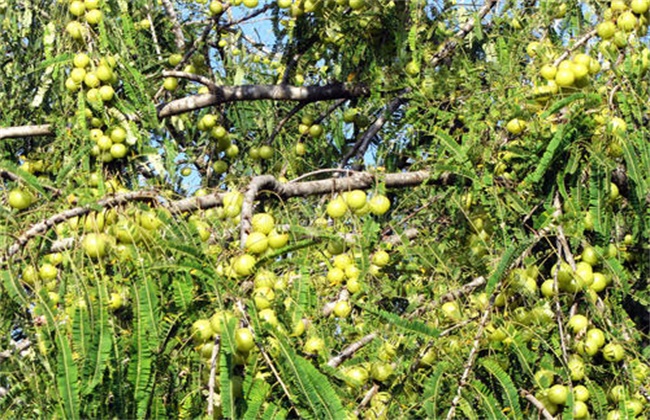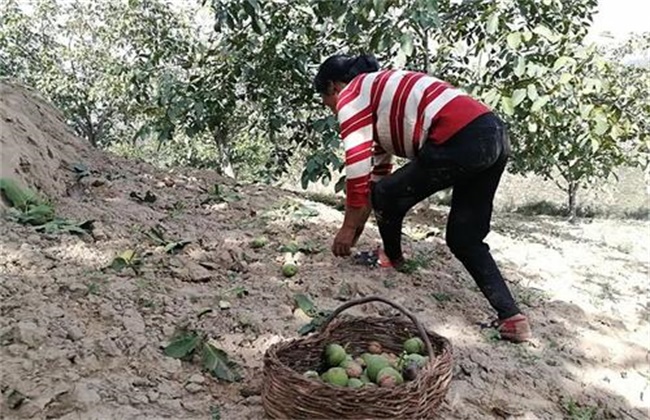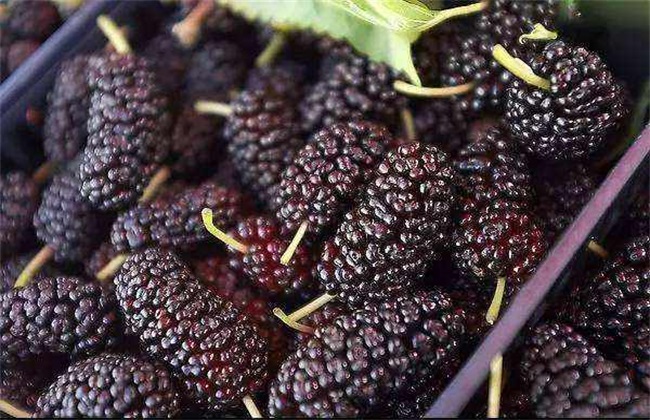Planting techniques of gooseberry
Gooseberry is a kind of berry, also known as gooseberry, prickly plum, it is very high in nutrients, rich in vitamins and bioflavones, can improve immunity, but also has a certain preventive effect on cardiovascular diseases. So how to grow gooseberries? Let's get to know it.

1. Select land for planting
Gooseberry likes neutral and slightly acidic soil, which requires loose and fertile soil, an appropriate amount of humus in the soil, thickening soil layer can promote the growth and development of gooseberry, choose flat, sufficient light garden planting, sloping land not more than 10 degrees. Do not plant in low-lying, cool, poorly drained areas or areas with serious diseases and insect pests.
2. Fertilizer and water management
During the growing period, the gooseberry should often loosen the soil and weed, and the base fertilizer had better be farm manure. Dig ditches on both sides of the clump or between the two clumps, fill the manure directly, and cover the soil and water it. Topdressing is usually applied twice a year, mainly urea nitrogen fertilizer before sprouting to ensure the normal growth of the plant, and the application of nitrogen fertilizer should be controlled during the fruit growth period after flowering, so as to avoid excessive growth of branches and leaves and affect the fruit growth and development. If there are irrigation conditions, it is best to keep the soil water content at about 75% and 80%. When stagnant water occurs, it should be drained in time.
3. Pruning
The plant cluster of gooseberry is exuberant, and new branches start out from the rhizome in spring. In order to ensure the vigorous growth of new branches and save nutrients, it is necessary to prune the old branches in time. In general, the old branch pruning only needs to leave 4-5 buds short, and then the plant clusters will form clumps at all levels, and the branches can reach more than 7 grades at most. But it should be noted that the new branch is not the better through the winter, the higher the branch grade, the weaker the growth, and the lower the yield, so it is necessary to deal with it in time to achieve the best yield and quality.
4. Pest control
The main diseases and insect pests of gooseberry are powdery mildew and winged moth. Powdery mildew mainly harms the leaves and forms a white mildew layer on the leaves. After a long time, there will be white discoloration and black brown, and black particles will spread to petioles, fruit stalks and branches. Therefore, when planting, it should be reasonably close planting, more ventilation and ventilation, to ensure sufficient light, and to spray terrazole solution when the disease occurs. Plutella xylostella can wither the plants of gooseberry and wither the flowers, fruits, buds and leaves. The withered branches can be cut off and controlled by spraying diluted malathion solution.
The above is the introduction of gooseberry planting technology, hope to help you, want to know more related knowledge, please follow us.
Related
- Moge, come on! The staff of the peasant association in the producing area of cantaloupe were frightened when the crowd gathered.
- Causes and Solutions of low Fruit setting rate of Apple
- Symptoms and control measures of passion fruit virus disease
- Fruit growing lesson: how do apple orchards keep high yields?
- Can you build orchards in the mountains? What are the pros and cons?
- How to manage the coloring period of Crisson grape?
- This paper introduces the processing technology of two kinds of fig products.
- How much is a month for retired teachers in rural areas by 2020?
- How can strawberry planting increase sugar content? We should pay attention to management in many aspects.
- What are the cultivation techniques on how to improve the yield of golden fruit?



